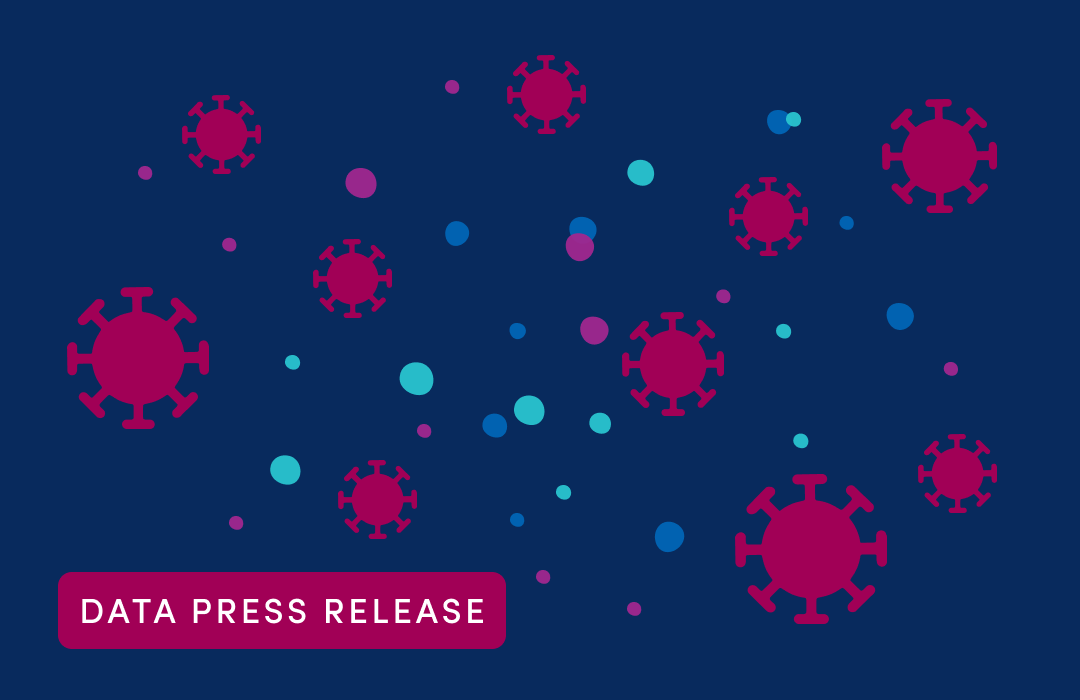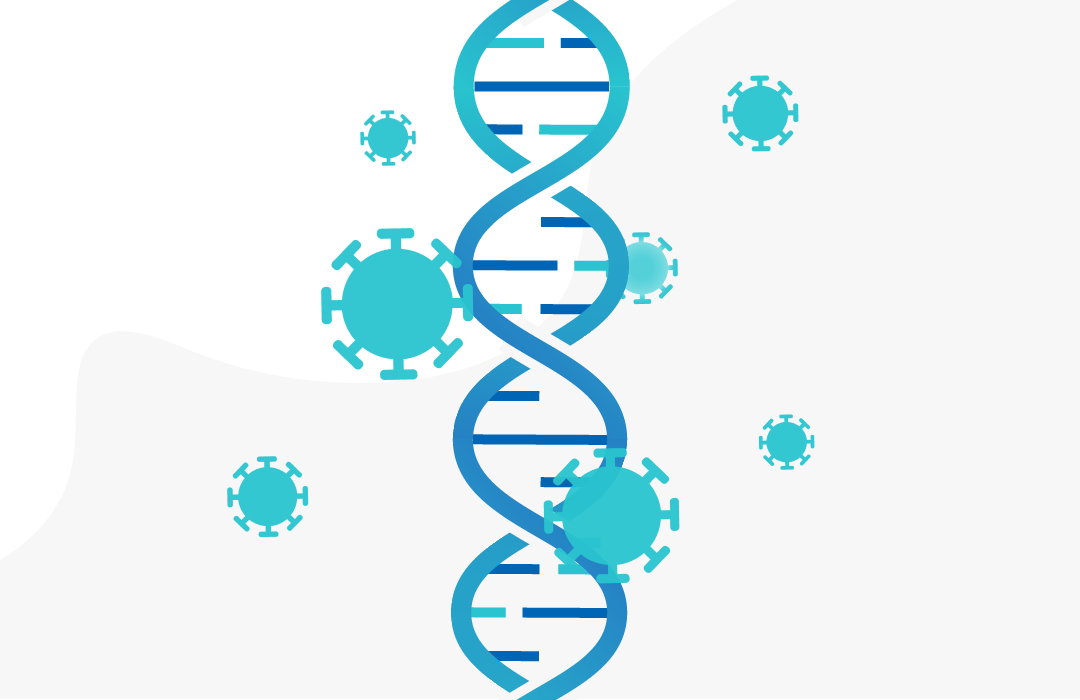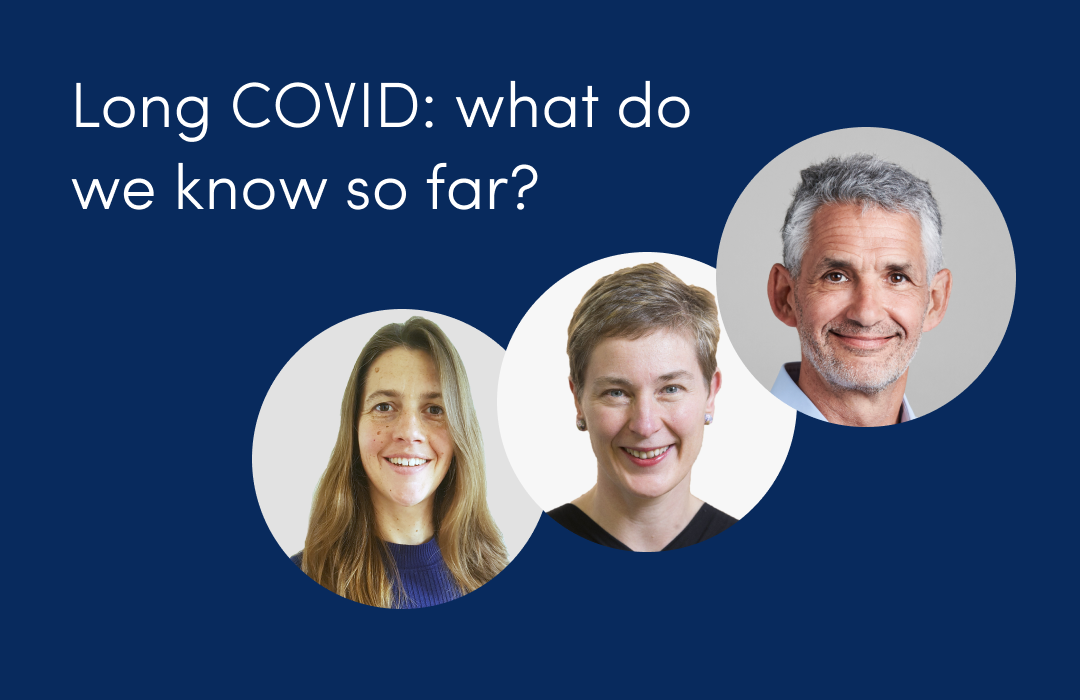
Is a headache a symptom of COVID-19?
March 18, 2021

This article has not been updated recently
Data from millions of users of the ZOE COVID Symptom Study app has shown that a headache can be a symptom of COVID-19. Here’s how to spot it and what it feels like.
What are headaches like in COVID-19?
Even though headaches are a less well-known symptom of COVID-19, they are one of the earliest signs of the disease and more common than the ‘classic’ symptoms of cough, fever and loss of smell (anosmia).
It’s important to remember that headaches are very common, especially as many of us are staring at screens for so long each day. So although many people with COVID-19 experience headaches, most people with a headache will not have COVID-19.
Researchers have been investigating how to tell the difference between COVID and non-COVID headaches. They’ve found that COVID-19 headaches tend to:
- Be moderately to severely painful
- Feel ‘pulsing’, ‘pressing’ or ‘stabbing’
- Occur across both sides of the head (bilateral) rather than in one area
- Last for more than three days
- Be resistant to regular painkillers
We aren’t sure why COVID-19 causes headaches. It may be the virus directly affecting the brain. Or it could be related to being ill, such as dehydration or hunger caused by not eating and drinking normally.
When does a headache happen in COVID-19?
Headache tends to come on at the very start of the illness, and usually lasts for an average of three to five days. But some people can suffer from COVID-related headaches for much longer, and these are commonly reported in people with Post COVID syndrome (Long-COVID). Our data shows that these headaches often come and go, but thankfully they gradually reduce over time.
How common is a headache in COVID-19?
Having a headache is a very common symptom of COVID-19 for all age groups. On average, around seven in ten adults who are ill with COVID-19 will have a headache. It’s slightly less common in children, affecting around six in ten children.
Around 15% of people who were ill with COVID-19 reported a headache as their only symptom.
What other symptoms of COVID-19 are common alongside a headache?
A headache is highly likely to occur alongside fatigue and loss of smell (anosmia). It often comes together with symptoms like a sore throat, fever, unusual muscle pains, a persistent cough and dizziness.
Depending on your age and sex, you should contact your doctor if you have multiple different symptoms of COVID-19 in the first week of being ill.
What should I do if I have a headache and think it might be COVID-19?
If you have a headache it could be COVID-19, especially if you have lost your sense of smell and feel very tired. You should:
- Follow the NHS guidelines and self-isolate at home to help protect the people around you and the wider community.
- Download and book a COVID test as soon as possible through the ZOE COVID Symptom Study app.
- Also log your health daily in the app, if you’re not already, to help us understand more about how COVID-19 affects people and contribute to life-saving scientific research.
- Check out our tips on looking after yourself if you are sick with COVID-19, monitoring your health at home and staying hydrated.
If your headache is very painful, you can try taking paracetamol or ibuprofen.
You should get urgent medical help if you have breathing problems, are suddenly confused, or your lips or face are turning blue.
Stay safe and keep logging.












.png)


.jpg)














.png)







%202.png)
.png)


















.png)






